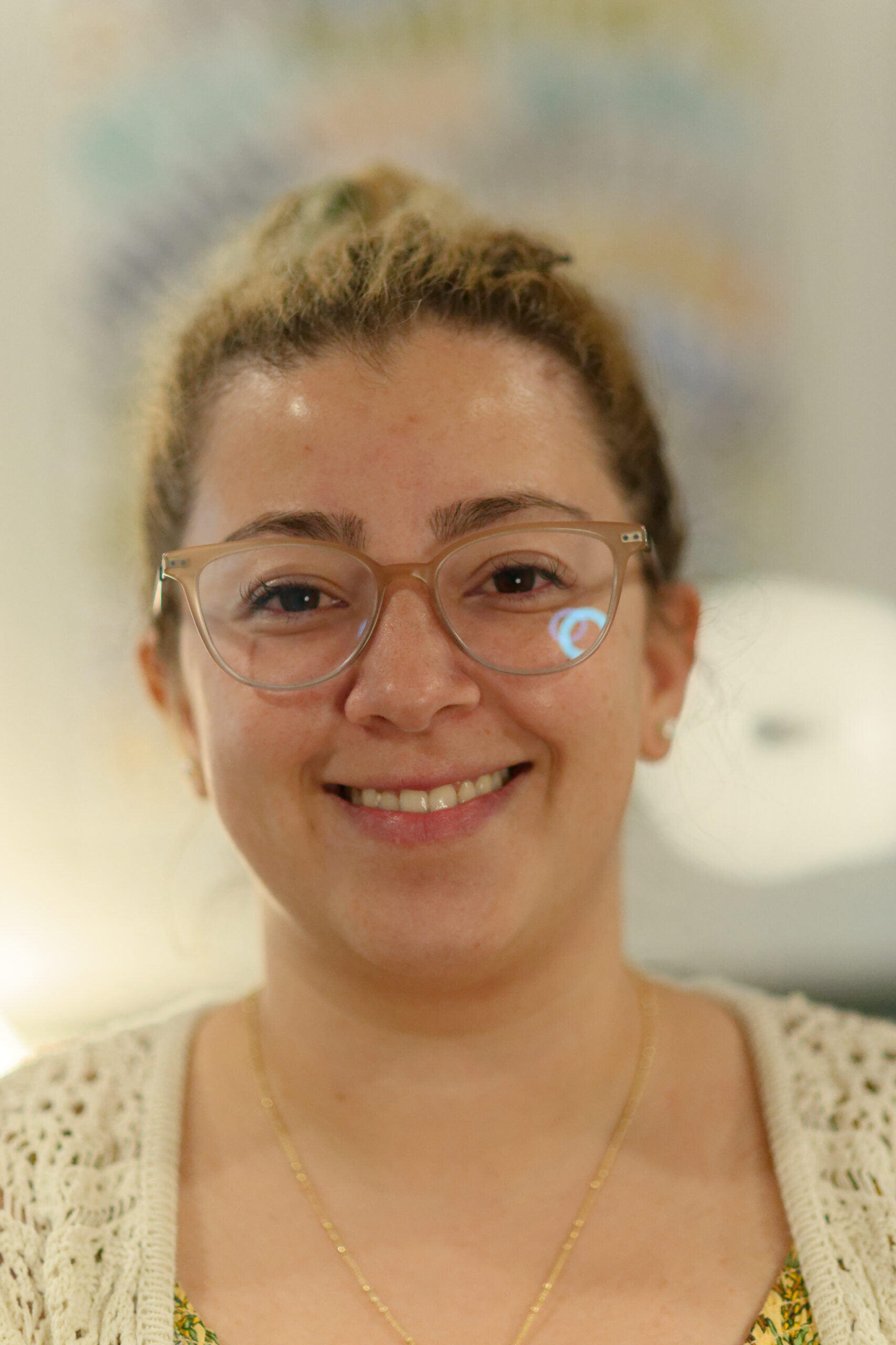
Diana Pizarro
EE Ph.D. Candidate
About Diana
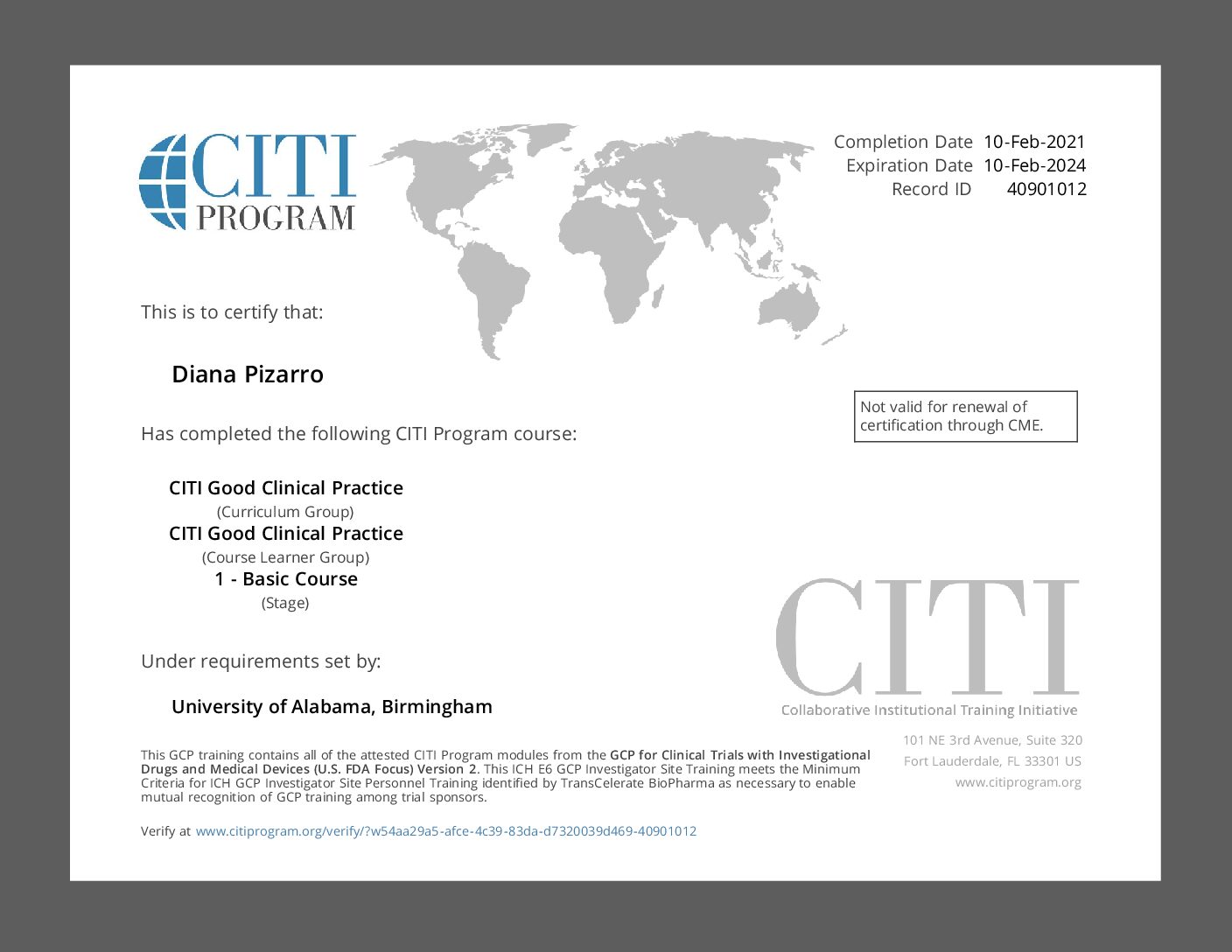
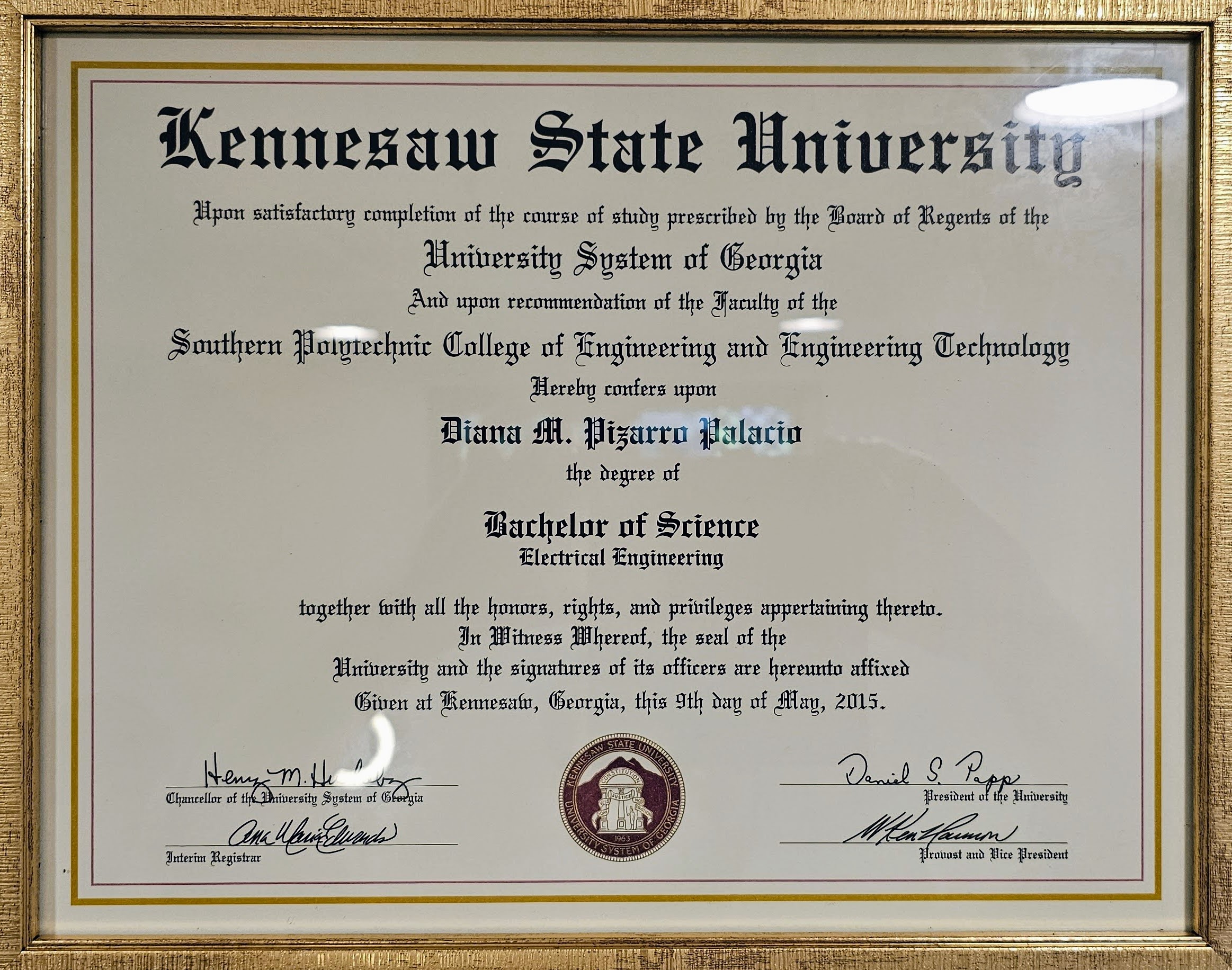
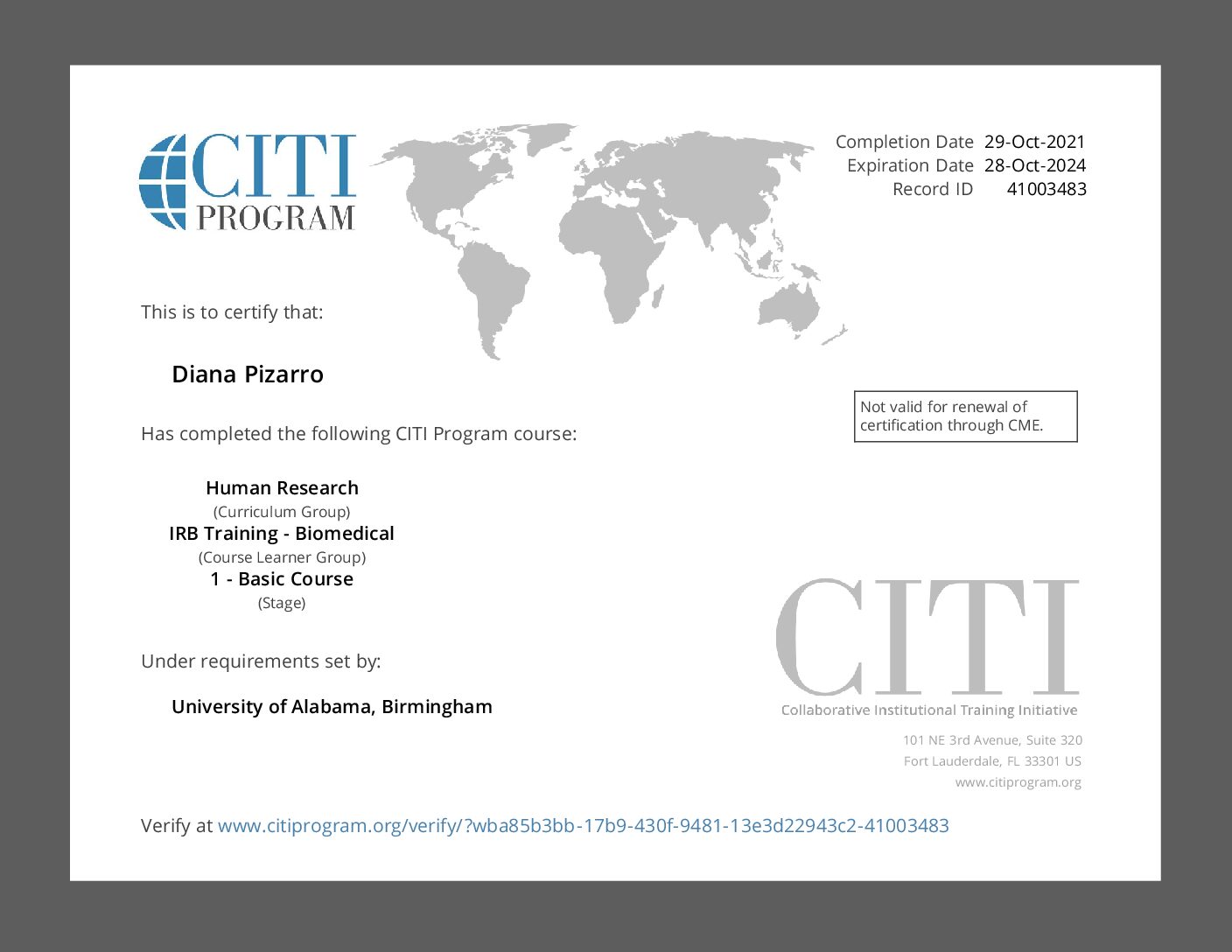


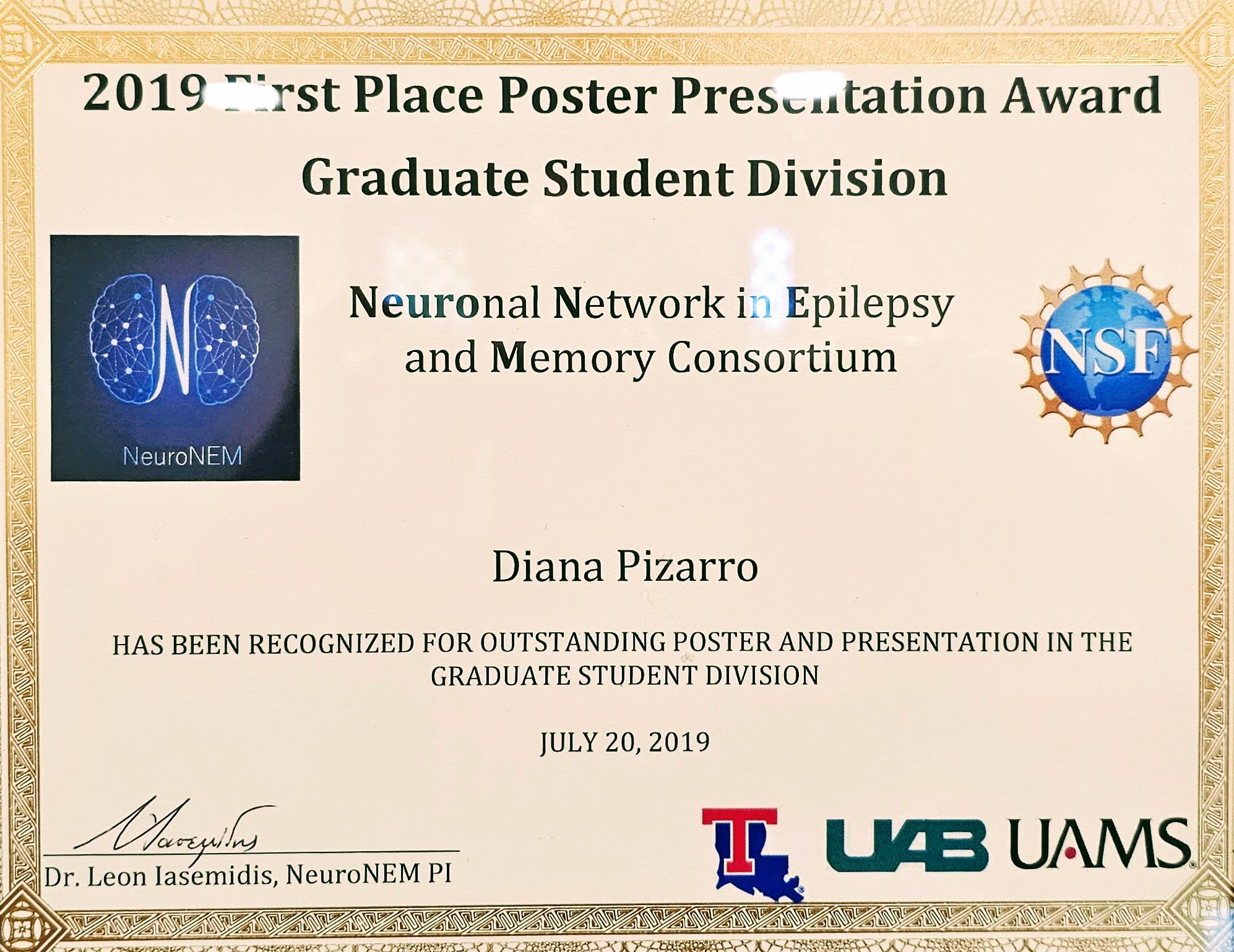
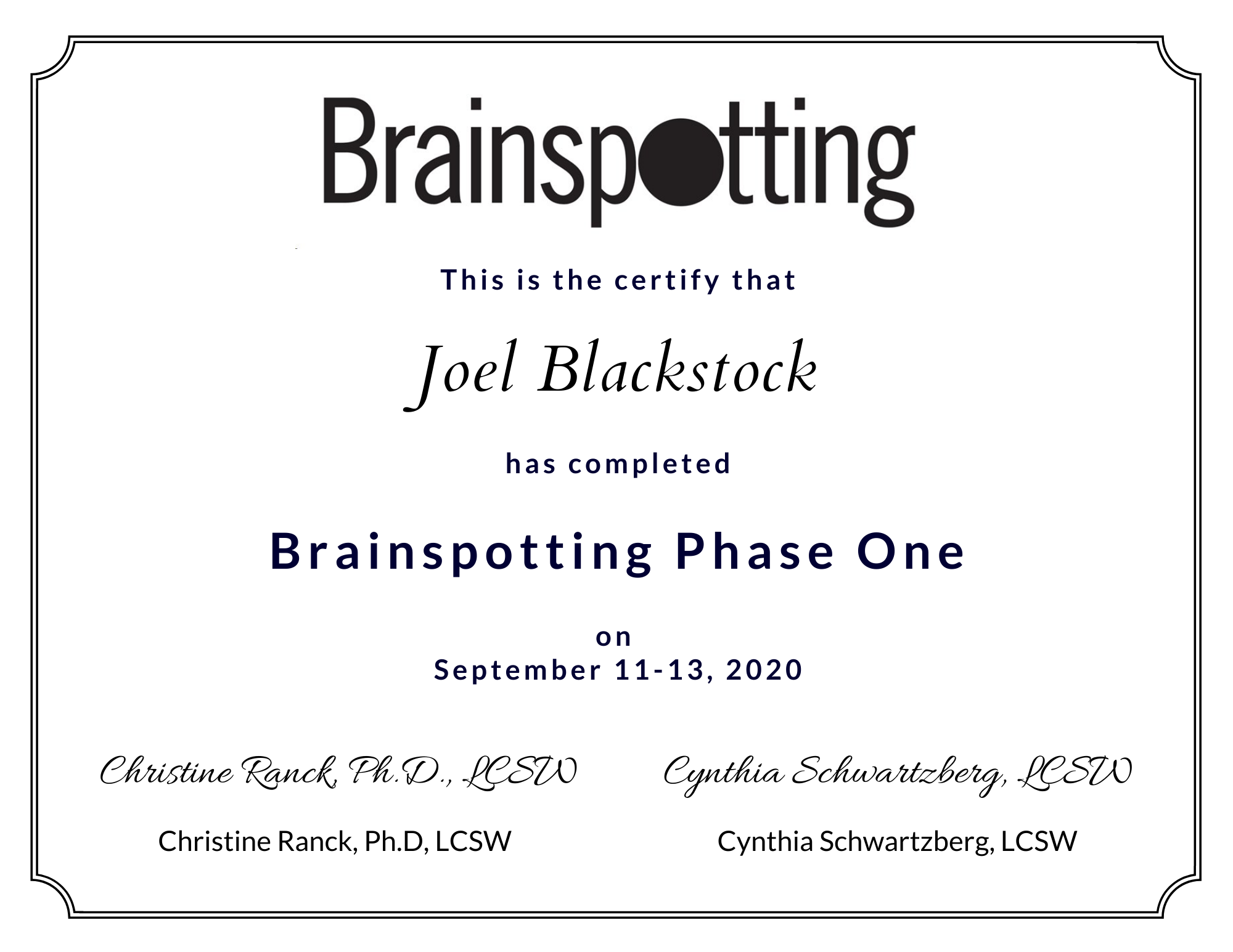
Diana Pizarro EE Ph.D.
You can’t schedule therapy with Diana because she is an electrical engineer, however if you schedule a brain map or neurostimulation through Peak Neuroscience @ Taproot Therapy Collective she can help analyze your brain. Diana Pizarro is a highly skilled electrical engineer and neuroscience researcher who works as the Engineering Director and EEG Analyst at Peak Neuroscience in Birmingham, Alabama.
Diana’s foundation in engineering began at Kennesaw State University in Georgia, where she earned her bachelor’s degree in electrical engineering. This rigorous program provided her with a solid understanding of the principles and applications of electrical systems, which would later prove invaluable in her neuroscience research.
After completing her undergraduate studies, Diana embarked on a remarkable six-year tenure as a researcher at the University of Alabama at Birmingham (UAB) in the Department of Neurology, specifically within the Division of Epilepsy. This experience allowed her to apply her engineering knowledge to the complex world of neurological disorders, focusing on one of the most challenging conditions: epilepsy.
To grasp the significance of Diana’s work at UAB, it’s essential to understand a bit about epilepsy. Epilepsy is a neurological disorder characterized by recurrent, unprovoked seizures. These seizures occur due to abnormal electrical activity in the brain, which can cause a wide range of symptoms, from mild sensory disturbances to full-body convulsions. For many individuals with epilepsy, medication alone is not enough to control their seizures, leading to a condition known as drug-resistant epilepsy.
During her time at UAB, Diana worked extensively with patients diagnosed with drug-resistant temporal lobe epilepsy (TLE), a particularly challenging form of the disorder. TLE is characterized by seizures originating in the temporal lobes of the brain, which are critical for functions such as memory, language, and emotion. When medication fails to control TLE seizures, patients may undergo a procedure called stereo-electroencephalography (SEEG) to help pinpoint the precise location of seizure activity in the brain.
Diana’s research focused on analyzing SEEG data from TLE patients, specifically looking at the role of the anterior nucleus of the thalamus in seizure activity. The thalamus is a small but crucial structure deep within the brain that acts as a relay station for sensory and motor information. Recent studies have suggested that the anterior nucleus of the thalamus may play a key role in the spread of seizure activity in TLE.
To investigate this hypothesis, Diana developed a sophisticated method for detecting seizure activity in the anterior nucleus of the thalamus using advanced signal processing techniques. Her approach involved using a normalized time-frequency decomposition to identify changes in the power of thalamic signals that often occur during seizure events. She then applied convolutional neural networks, a type of deep learning algorithm, to automatically detect these seizure patterns with remarkable accuracy.
The results of Diana’s research were truly groundbreaking. Her algorithm was able to detect seizure events in the anterior nucleus of the thalamus with an astounding 99.45% accuracy, and it could do so before the seizures manifested in observable behavioral changes. Perhaps even more impressively, her method had a false positive rate of only 0.001% per hour, meaning that it very rarely mistook normal brain activity for a seizure.
To put these findings into perspective, imagine a patient with drug-resistant TLE who experiences several seizures per day. With Diana’s algorithm monitoring their thalamic activity, nearly every seizure could be detected before it causes distressing symptoms, and with very few false alarms. This early detection could potentially allow for interventions to stop seizures in their tracks, greatly improving the patient’s quality of life.
Beyond her groundbreaking TLE research, Diana’s expertise extends to a wide range of cutting-edge techniques in neuroscience and engineering. She is skilled in EEG analysis using MATLAB, a powerful programming language for signal processing and data visualization. She also has experience in robotics, machine learning, and digital signal processing, all of which have important applications in neuroscience research.
Diana’s interests extend beyond the technical aspects of her work. She is passionate about childhood brain development, both in neurotypical and neurodivergent populations. This interest has led her to explore topics such as Montessori education and positive discipline, which focus on nurturing children’s natural curiosity and fostering their social-emotional growth.
As a lifelong learner herself, Diana’s curiosity spans a remarkable range of subjects, from psychology and philosophy to anthropology, language, and botany. This breadth of knowledge allows her to approach neuroscience questions from multiple angles and to collaborate effectively with experts from diverse fields.
In addition to her impressive academic achievements, Diana brings a unique cultural perspective to her work. Originally from Colombia, she is a native Spanish speaker who has lived in the United States for over 12 years. This background has undoubtedly shaped her understanding of the complex interplay between culture, family dynamics, and brain development.
When she’s not pushing the boundaries of neuroscience research, Diana enjoys a wide range of outdoor activities with her husband and child, including hiking, dancing, swimming, and kayaking. She is also an avid traveler, embracing opportunities to immerse herself in new cultures and cuisines from around the world.
Diana’s Academic Research Publications
1. Automated detection of mesial temporal and temporoperisylvian seizures in the anterior thalamic nucleus. Diana Pizarro, Adeel Ilyas, Emilia Toth, Andrew Romeo, Kristen O. Riley, Rosana Esteller, Ioannis Vlachos, Sandipan Pati. https://www.sciencedirect.com/science/article/abs/pii/S0920121118301608?via%3Dihub
2. Spectral organization of focal seizures within the thalamotemporal network. Diana Pizarro, Adeel Ilyas, Ganne Chaitanya, Emilia Toth, Auriana Irannejad, Andrew Romeo, Kristen O Riley, Leonidas Iasemidis, Sandipan Pati. https://www.ncbi.nlm.nih.gov/pmc/articles/PMC6764631
3. Auras localized to the temporal lobe disrupt verbal memory and learning – Causal evidence from direct electrical stimulation of the hippocampus. Diana Pizarro, Emilia Toth, Auriana Irannejad, Kristen O Riley, Zeenat Jaisani, Wolfgang Muhlhofer, Roy Martin, Sandipan Pati. https://www.ncbi.nlm.nih.gov/pmc/articles/PMC6120344/
4. Modulation of neural oscillations by vagus nerve stimulation in posttraumatic multifocal epilepsy: case report. Adeel Ilyas, Emilia Toth, Diana Pizarro, Kristen O Riley, Sandipan Pati. https://thejns.org/view/journals/j-neurosurg/131/4/article-p1079.xml
5. Seizure Detection and Network Dynamics of Generalized Convulsive Seizures: Towards Rational Designing of Closed-Loop Neuromodulation. Puneet Dheer, Ganne Chaitanya, Diana Pizarro, Rosana Esteller, Kaushik Majumdar, Sandipan Pati. https://www.ncbi.nlm.nih.gov/pmc/articles/PMC5745672/
6. Precision mapping of the epileptogenic network with low- and high-frequency stimulation of anterior nucleus of thalamus. Ganne Chaitanya, Emilia Toth, Diana Pizarro, Auriana Irannejad, Kristen Riley, Sandipan Pati. https://www.ncbi.nlm.nih.gov/pmc/articles/PMC7434689/
7. Acute Increases in Protein O-GlcNAcylation Dampen Epileptiform Activity in Hippocampus. Luke T Stewart, Anas U Khan, Kai Wang, Diana Pizarro, Sandipan Pati, Susan C Buckingham, Michelle L Olsen, John C Chatham, Lori L McMahon.
https://www.ncbi.nlm.nih.gov/pmc/articles/PMC5566868/
8. Practice trends and the outcome of neuromodulation therapies in epilepsy: A single-center study. Rabia Jamy, Manmeet Kaur, Diana Pizarro, Emilia Toth, Sandipan Pati. https://www.ncbi.nlm.nih.gov/pmc/articles/PMC6698690/
9. Acute modulation of the limbic network with low and high-frequency stimulation of the human fornix. Ganne Chaitanya, Emilia Toth, Diana Pizarro, Leonidas Iasemidis, Teresa A Murray, Kristen Riley, Sandipan Pati. https://www.ncbi.nlm.nih.gov/pmc/articles/PMC7232081/
10. Ictogenesis during sEEG evaluation after acute intracranial hemorrhage. Alexandra T Issa Roach, Diana Pizarro, Hrishikesh D Deshpande, Sandipan Pati, Jerzy P Szaflarski, Kristen O Riley, Wolfgang Muhlhofer, Thomas Houston. https://www.ncbi.nlm.nih.gov/pmc/articles/PMC6434162/
11. Direct Cortical Stimulation to Probe the Ictogenicity of the Epileptogenic Nodes in Temporal Lobe Epilepsy. Auriana Irannejad, Ganne Chaitanya, Emilia Toth, Diana Pizarro, Sandipan Pati. https://www.ncbi.nlm.nih.gov/pmc/articles/PMC8793936/
12. A peptide blocking the ADORA1-neurabin interaction is anticonvulsant and inhibits epilepsy in an Alzheimer’s model. Shalini Saggu, Yunjia Chen, Liping Chen, Diana Pizarro, Sandipan Pati, Wen Jing Law, Lori McMahon, Kai Jiao, Qin Wang. https://www.ncbi.nlm.nih.gov/pmc/articles/PMC9220929/
13. Predictability and Resetting in a Case of Convulsive Status Epilepticus. Timothy Hutson, Diana Pizarro, Sandipan Pati, Leon D Iasemidis. https://www.ncbi.nlm.nih.gov/pmc/articles/PMC5874309/
14. Dynamics of seizure-induced behavioral and autonomic arousal. Emilia Toth, Ganne Chaitanya, Michael Pogwizd, Diana Pizarro, Adeel Ilyas, Steven Pogwizd, Sandipan Pati. https://link.springer.com/article/10.1007/s10286-018-0543-x
15. The centromedian nucleus: Anatomy, physiology, and clinical implications. Adeel Ilyas, Diana Pizarro, Andrew K Romeo, Kristen O Riley, Sandipan Pati.
https://www.jocn-journal.com/article/S0967-5868(19)30016-5/fulltext
Issues That qEEG BrainMapping Can Treat
Academic and School Problems and Performance
Chronic Pain and Post Surgery Depression
Executive Coaching and Professional Burnout
Panic, Mania and Anxiety Disorders
Long COVID Somatic and Stress Support
Eating Disorder Recovery Support
We have multiple clinicians availible at Taproot Therapy Collective that treat a wide variety of issues and conditions with training in many techniques and modalities of therapy.
